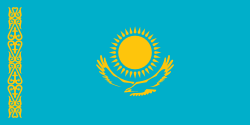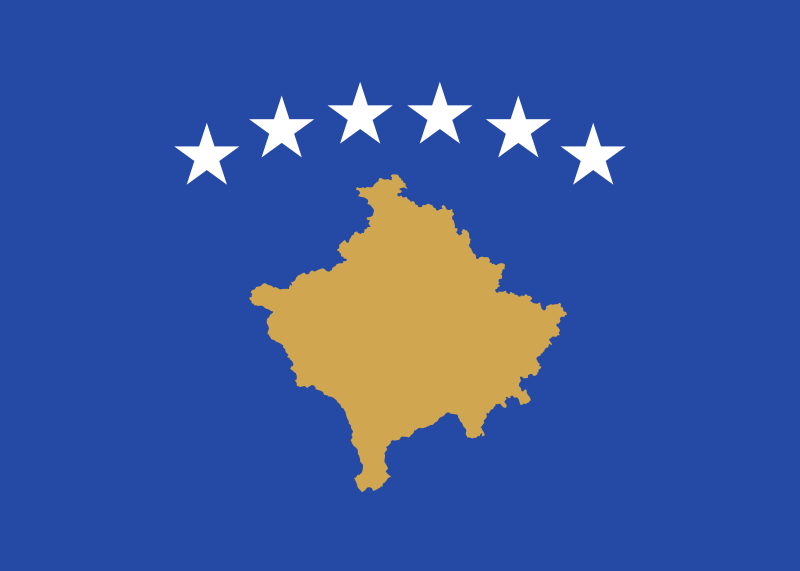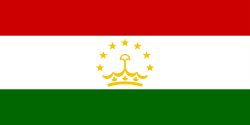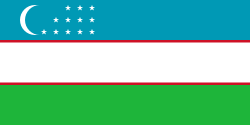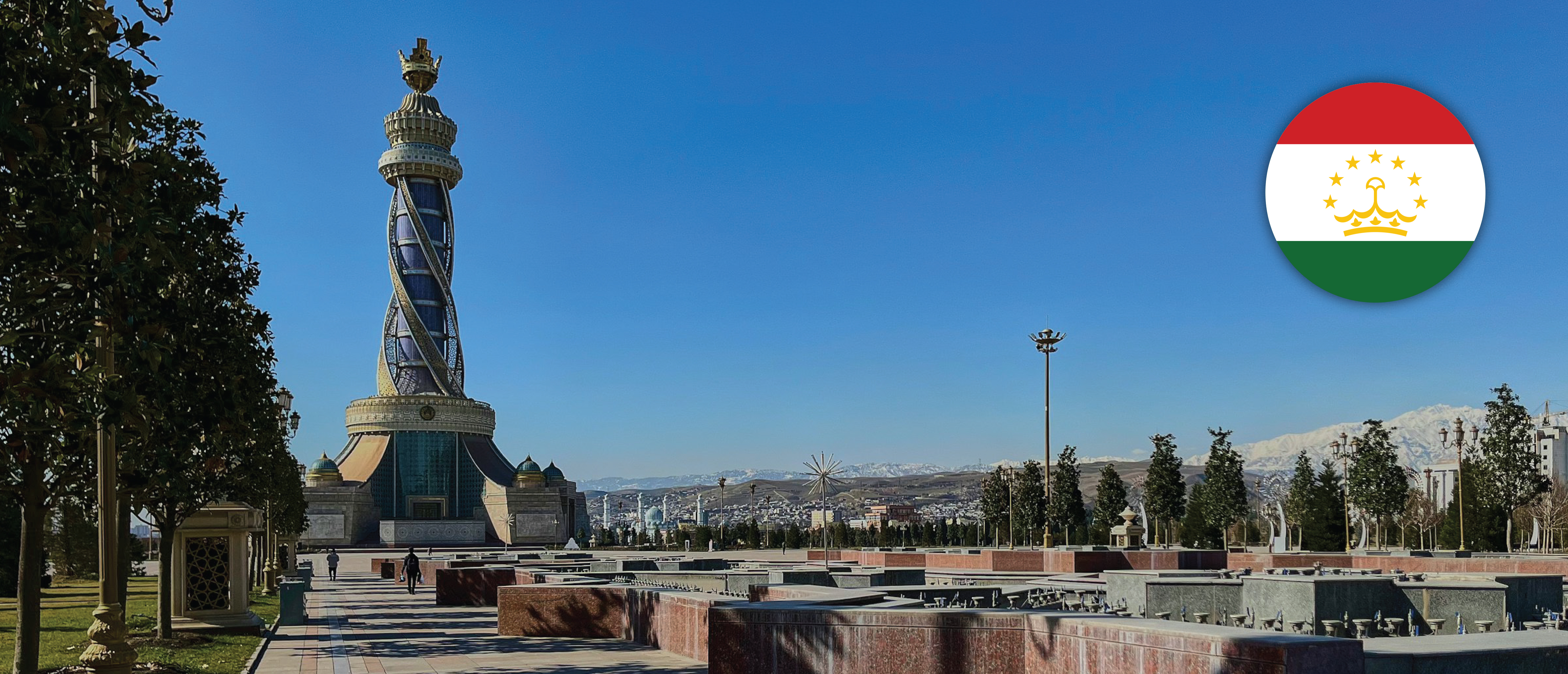General Information
Population
Immigration
Emigration
Working-age population
Unemployment rate
GDP
Refugees and IDPs
Citizenship
Territory
Migration Authorities
Responsible Body
Line Ministries
Agencies
Description
For the past 30 years, Tajikistan’s population has been prone to migration. Whereas the 1990s saw major ethnic emigration and considerable forced migration resulting from civil war, the past decade has mainly been characterised by economic migration.
Although the poverty rate in Tajikistan is gradually decreasing, reaching a rate of 22.5% in 2022, many families in Tajikistan continue to rely on labour migration as a substantial source of income due to the limited job opportunities domestically. Reportedly, one-third to one-half of households have at least one family member working abroad. By the end of December 2023, the government registered 48,300 unemployed people, a decrease of 9.7% compared to December 2022. The official unemployment rate cited by the Ministry of Labour is 1.8%. Meanwhile, the population growth rate remains high, despite a decrease to 1.9% in 2023, and notwithstanding the decade-long negative net migration. Around 35% of the population is between 14 and 30 years of age, making Tajikistan’s labour market population the youngest in Central Asia, with an estimated 130,000 young people entering the labour market every year.
Tajikistan belongs to the most remittance-dependant countries in the world, which makes its economy particularly vulnerable to external shocks. In the past years, remittances made up anywhere from a quarter to half of Tajikistan’s GDP. In 2023, this indicator stood at 38.4%. Following an initial drop in remittances in 2022 due to the effects of the war in Ukraine, remittances eventually sharply rebounded. Tajikistan’s economy has proven resilient to external shocks but uncertainty in the long-term remains.
According to the government, the number of Tajik labour migrants in 2023 amounted to 652,014 people compared to 775,578 in 2022. Over 96% left for Russia, 18,418 migrated to Kazakhstan and the remainder moved to other states. Other sources record upwards of 1 million Tajik labour migrants in Russia alone. Most Tajik labour migrants are young men working in construction, trade, housing and cleaning services, agriculture, and maintenance, often times undertaking seasonal work. The number of female migrant workers from Tajikistan has equally been on the rise, more than doubling in 2022 to 121,162, up from some 50,000 recorded in 2021. Both the government of Tajikistan and Tajik labour migrants have also been gradually seeking alternative destinations to Russia such as the EU and UK, but the flows remain small presently.
Educational migration from Tajikistan has been increasing. In 2022, around 23,000 Tajik students studied in Russia, which has awarded more university quotas to Tajik students to study at Russian universities for free. Although Tajik youth tend to move to Russia and Kazakhstan for their studies, new destinations such as the United States, Canada, Türkiye, South Korea, Japan and some EU countries are increasingly explored.
Permanent migration from Tajikistan to Russia has been on the rise. In the past seven years, the number of Tajik nationals receiving Russian citizenship increased 6.5-fold. In 2021, 104,000 Tajik citizens were granted Russian citizenship, whereas in 2022, this number increased to 174,000, a record, which seems to have been matched in 2023. According to 2023 reports, 128,156 Tajik citizens have a residence permit in Russia, with an additional 46,479 having temporary residence permits. Although Russia has been simplifying paths to Russian citizenship under new expedited procedures, the migration policy of the country embroidered in conflict may also see a shift in the opposite direction. Many migrants from Tajikistan still consider receiving Russian citizenship important for improving their prospects and are not deterred by the war in Ukraine and potential risks.
Over the past decade, both the number of first-time and overall residence permits issued to Tajik nationals inside the EU increased. The former rose from 1,588 in 2019 to 4,135 in 2022. The latter has more than doubled from 4,717 in 2019 to 11,267 in 2022. The main reason for issuing residence permits in 2022 was employment. Germany, Lithuania, and Poland issued most residence permits to Tajik citizens in 2022. Germany primarily issued permits for education, family, and subsidiary protection, while Poland issued most for employment reasons. The number of Tajik refugees continues to increase and exceeds 3,500 worldwide. Germany, the United States, and Austria are the prime destinations for refugees and asylum-seekers from Tajikistan.
In 2021, over 38,000 foreign citizens and stateless persons were registered in Tajikistan, mainly from Uzbekistan, Russia, and Afghanistan. Migrants coming through the quota system – set at 6,500 foreign workers in 2024 – are mostly citizens of China (68.3% of the total), followed by Afghanistan, Iran and India, who predominantly work in the manufacturing and construction industries. Tajikistan also hosts close to 4,000 stateless persons as of 2023 but aims to end statelessness on its territory. Since 2014, over 54,000 persons had their nationality confirmed.
In-migration to Tajikistan also features a considerable number of Tajik migrant workers returning home. A 2023 assessment by IOM Tajikistan recorded 121,095 return migrants, 97% of whom were returning from Russia. The main reasons cited for returning included the high cost of work permits (34%), family issues and reunification (24%), deportation (13%) and depreciation of currency (10%). The partial mobilization in Russia accounted for 6% of the returns. The government of Tajikistan reports the return of 590,710 labour migrants in 2023, 7% more than in 2022. Apart from the returning Tajik labour migrants, Tajikistan and Central Asian states more generally, experienced an increased inflow of Russian citizens due to the war in Ukraine. This influx is likely temporary, especially considering that many view Tajikistan as a transit stop.
The number of refugees in Tajikistan in 2023 amounted to 10,092, with most of them coming from Afghanistan. Additionally, 1,382 asylum seekers from Afghanistan and 5 asylum seekers from Pakistan were recorded. Despite the volatile situation in Afghanistan following the Taliban’s return to power in 2021, the possibility of an influx of arrivals to Tajikistan is currently assessed as minimal. However, the large Tajik-Afghan border remains permeable in some areas, especially along the rugged mountains, with border outposts facing occasional attacks by Afghan smugglers. Already in 2015, Tajikistan adopted an Action Plan in the event of a mass arrival of asylum seekers, identifying possible locations of field camps along the Afghan border. Emergency preparedness continues to be maintained through inter-agency coordination with the government. The lack of a sense of security is also a contributing factor for increased emigration.
Tajikistan endorsed the Global Compact for Migration and is a party to various regional migration dialogues as well as international conventions and agreements. In recent years, the country revised a number of laws in the area of migration. In 2018, Tajikistan adopted the Law "On the Legal Status of Foreign Citizens and Stateless Persons in the Republic of Tajikistan", allowing foreign citizens to stay in Tajikistan without registration for up to 10 working days. The same year, Tajikistan ratified a readmission agreement with Kazakhstan, two agreements with Uzbekistan and Armenia on mutual trips of their citizens, and another agreement with Kazakhstan concerning the stay of own nationals on each other’s territory. Meanwhile, the Amnesty Law of 2019 allows irregular migrants from the former USSR and stateless persons who entered the Republic before 31 December 2016 to legalize their status and obtain a residence permit. In 2020, two laws liberalised the Code of Administrative Offences and the Procedural Code, abolishing the requirement to extradite foreigners who violated national residence rules. Since then, Tajikistan has developed several strategies and programmes in the area of migration, including the “Strategy for Regulating Migration Processes in the Republic of Tajikistan for the Period up to 2040”. Tajikistan also introduced a programme to develop productive employment in the years 2023-2027, aimed at improving the domestic labour market.
Relevant Publications





















